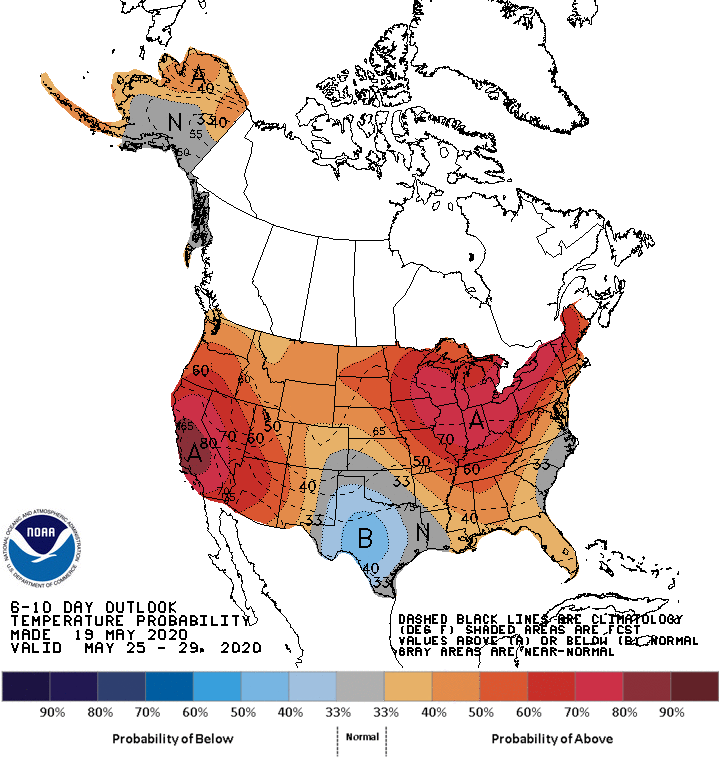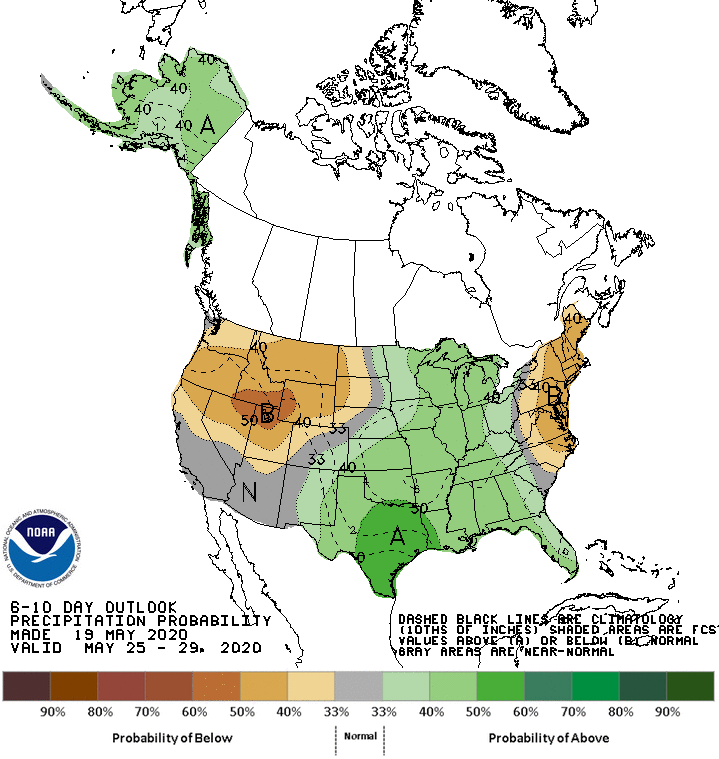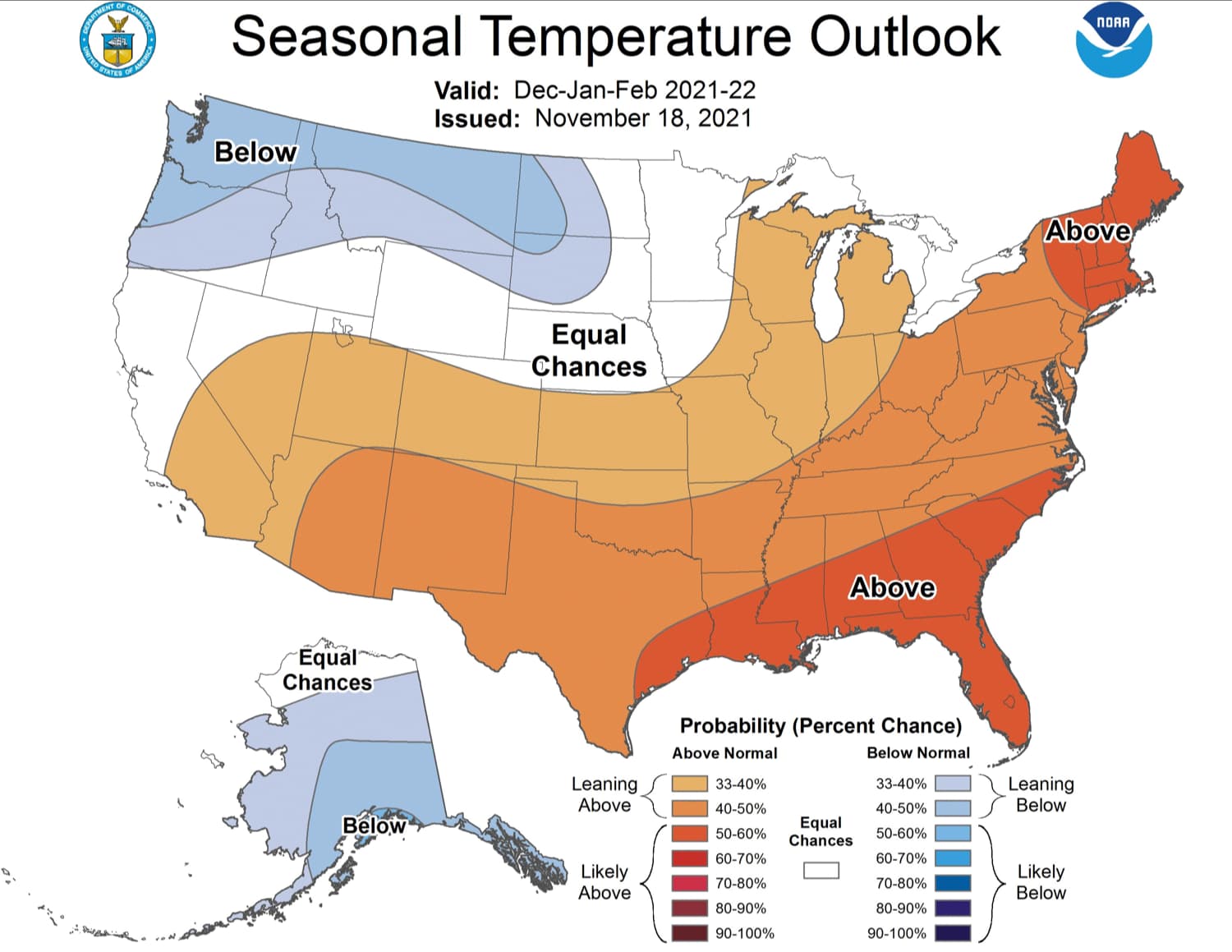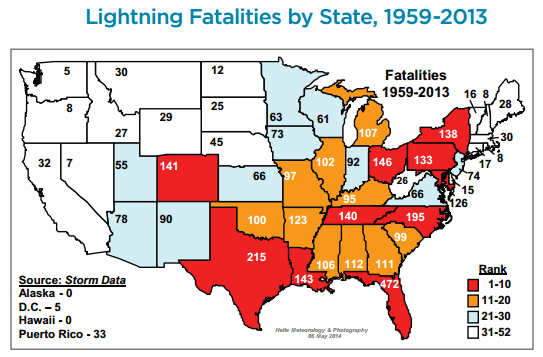
The NOAA just released their outlook for the final week of May. The majority of the United States looks like they’re in for warmer than normal temperatures (Denver just had a record-breaking daily high yesterday). Most of the west can expect below average or normal precipitation, whereas the central and eastern US can expect it to be wetter.

Full forecast discussion below:
Today’s temperature forecast shows increased above normal temperature probabilities highlighted over much of the CONUS. Due to a potential mid-level low over the Southern Plains, below normal temperature probabilities are increased over parts of the region as a result of increased cloud cover and elevated rainfall chances. The highest probabilities for above normal temperatures are over the Northeast and Southwest, collocated with the highest height anomalies. Near normal temperatures are favored for the eastern Carolinas, consistent with the ECMWF and GEFS reforecast tools and developing easterly flow off the Atlantic favoring relatively cooler temperatures. Despite the troughing forecast over western Alaska and the Bering Sea, above normal temperatures are forecast across most of the state due to increased southerly flow and above average sea surface temperatures. Although cooler conditions are probable across the southern Mainland and the Panhandle initially, as a result of troughing and increased cloud cover, ridging and warmer temperatures arriving later in the period favor a near normal temperature forecast for the period overall. Probabilities for above normal precipitation are elevated over the central CONUS due to the potential for periodic shortwave troughing over the West and enhanced frontal system activity over the Great Plains and Mississippi Valley. Southerly flow out of the Gulf of Mexico also enhances precipitation chances across the southern tier from Texas to Florida. There is a bit more clarity compared to yesterday regarding enhanced rainfall over the Southern Plains resulting from a mid-level low over the region. While the ECMWF ensemble now shows less rainfall compared to yesterday, the GEFS has increased its rainfall totals. Both model ensembles depict 1-2 inches of rain over eastern and central Texas for the period, and as a result above normal precipitation probabilities are increased to above 50% for this area, with the bulk of the rainfall favored on days 6 and 7. The ECMWF expands these higher totals into Louisiana as well, but the GEFS still keeps the heaviest rain back to the west over Texas. Probabilities for below normal precipitation are increased over parts of the Northeast, mid-Atlantic, and the West where higher heights are forecast. Enhanced above normal precipitation probabilities are favored for most of Alaska given the troughing initially forecast over the Bering Sea and associated unsettled weather conditions.




